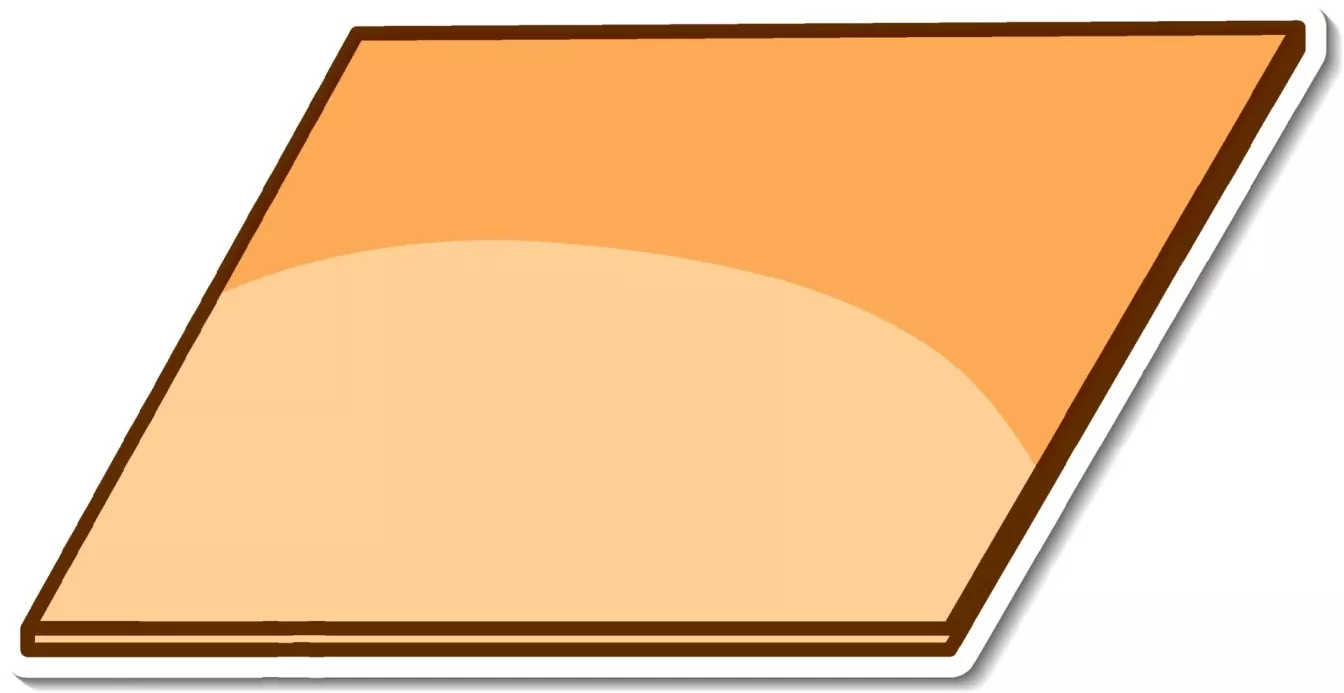Ratio Strategy: Repeated Identity
In this article, we are going to learn about how to solve repeated identity questions. To solve questions on repeated identity,
Step 1:
Write down the two sets of ratios.
Step 2:
Identify the item that is repeated.
Step 3:
Make the units for the repeated item the same in the 2 sets of ratio by finding the common multiple.
Step 4:
Read the question carefully and assign a value to the units if necessary.
Step 5:
Solve for 1 unit if necessary and answer the question.
Question 1:
The ratio of the number of red pens to the number of blue pens in a box is 3 : 4. The ratio of the number of red pens to the number of black pens in the same box is 2 : 3. What is the ratio of the number of red pens to the number of blue pens to the number of black pens?
Solution:
The number of red pens is the repeated identity.
We make the units representing the red pens the same by finding the common multiple of 3 and 2.
Answer:
6 : 8 : 9
Question 2:
Mrs Koh bought some apples, oranges, and pears. The ratio of the number of apples to the number of oranges was 3 : 2. The ratio of the number of pears to the number of apples was 5 : 2. Mrs Koh bought 18 apples. How many pears did she buy?
Solution:
The number of apples is the repeated identity.
We make the units representing the apples the same by finding the common multiple of 3 and 2.
6 units = 18
1 unit = 18 ÷ 6
= 3
Number of pears = 15 units
= 15 × 3
= 45
Answer:
45 pears
Question 3:
The ratio of the amount of money Aini has to the amount of money Siti has is 3 : 1. The ratio of the amount of money Aini has to the amount of money Winnie has is 1 : 2. If the three girls have a total of $60, how much money does Winnie have?
Solution:
Aini is the repeated identity.
We make the units representing Aini the same by finding the common multiple of 3 and 1.
Total number of units the three girls have = 3 units + 1 unit + 6 units
= 10 units
10 units = $60
1 unit = $60 ÷ 10
= $6
Amount of money Winnie has = 6 units
= 6 × $6
= $36
Answer:
$36
Question 4:
The diagram shows four points A, B, C, and D in a straight line. AB is \(\begin{align*} \frac { 5 } { 9 } \end{align*}\) as long as AC and CD is \(\begin{align*} \frac { 2 } { 5 } \end{align*}\) as long as BD.
A) What is the ratio of the length of AB to the length of BC to the length of CD?
Solution:
BC is the repeated identity.
We make the units representing BC the same by finding the common multiple of 4 and 3.
Answer:
15 : 12 : 8
B) Given that CD = 48 cm, what is the length of AD?
Solution:
8 units = 48 cm
1 unit = 48 cm ÷ 8
= 6 cm
Length of AD = 15 units + 12 units + 8 units
= 35 units
= 35 × 6 cm
= 210 cm
Answer:
210 cm
Question 5:
\(\begin{align*} \frac { 9 } { 20 } \end{align*}\) of the passengers on a plane are adults and the rest are children. The ratio of the number of boys to the number of girls is 2 : 3.
A) What is the ratio of the number of adults to the number of boys to the number of girls on the plane?
Solution:
The number of children is the repeated identity.
We make the units representing the number of children the same by finding the common multiple of 11 and 5.
Answer:
45 : 22 : 33
B) There are 36 more adults than girls. How many passengers are there on the plane
Solution:
Difference in number of units between the number of adults and the number of girls
= 45 units – 33 units
= 12 units
12 units = 36
1 unit = 36 ÷ 12
= 3
Total number of passengers = 45 units + 22 units + 33 units
= 100 units
= 100 × 3
= 300
Answer:
300 passengers
Question 5:
\(\begin{align*} \frac { 7 } { 11 } \end{align*}\) of the pupils in a school are boys. \(\begin{align*} \frac { 2 } { 5 } \end{align*}\) of the girls can swim. The ratio of the number of boys who can swim to the number of boys who cannot swim is 2 : 3.
A) What is the ratio of the number of pupils who can swim to the number of pupils who cannot swim in the school?
Solution:
The total number of girls is repeated.
We make the units representing the girls the same by finding the common multiple of 5 and 20.
The total number of boys is also repeated.
We make the units representing the boys the same by finding the common multiple of 5 and 35.
Number of units of pupils who can swim = 8 units + 14 units
= 22 units
Number of units of pupils who cannot swim = 12 units + 21 units
= 33 units
Answer:
2 : 3
B) 330 pupils in the school cannot swim. How many girls are there in the school?
Solution:
33 units = 330
1 unit = 330 ÷ 33
= 10
Number of girls = 20 units
= 20 × 10
= 200
Answer:
200 girls
 SG
SG  VN
VN 











